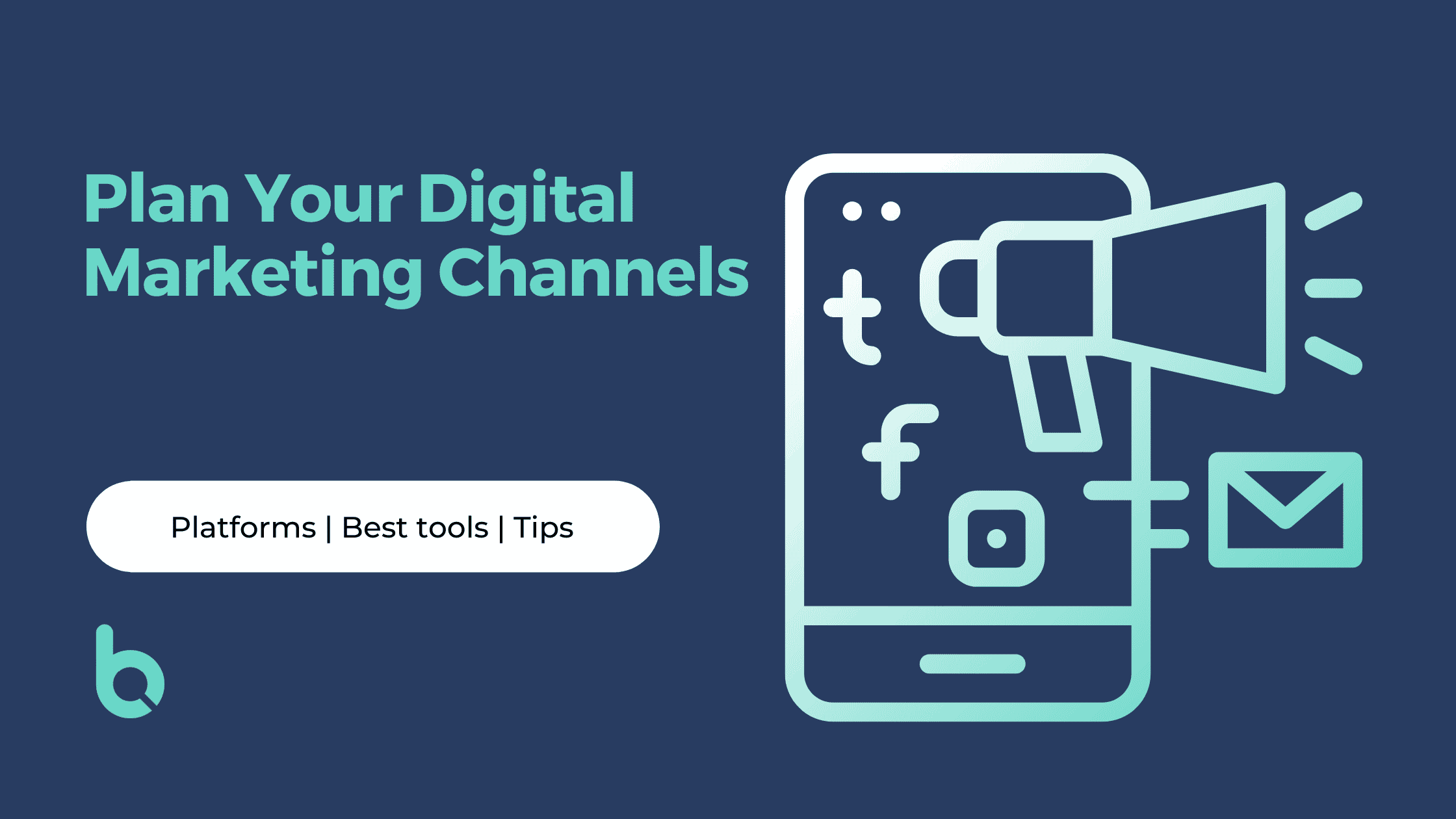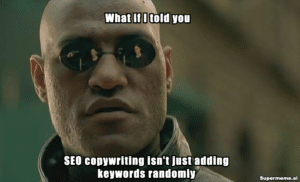Whether you’re a business owner or a professional looking for clients, you probably already know how important it is to have an online presence. But really—what does that mean?
Having an online presence means promoting your brand across the right digital marketing platforms to get customers. Many people think that digital marketing is just about creating posts and images to publish on social platforms, but it’s actually more than that.
Digital marketing is a broad term that includes everything from social media promotion to search engine optimization. In fact, if you want to be successful at digital marketing, a good place to start is at the macro level—understanding both the complex and the fundamentals; understanding how companies interact with consumers, and how to improve digital marketing by enhancing those interactions.
Starting macro is where you take a look at your business as a whole and decide how best to implement your campaigns.
At the macro level, you decide what kind of content you want to be sharing with your audience and who that audience is. Do they want more video or text? Do they want more images or gifs? Do they prefer text-only articles or long-form pieces?
A look at popular marketing platforms
When creating macro-level strategies, you’d typically tap these popular digital marketing tools: Email marketing, search engine marketing (SEM), Search engine optimization (SEO), Google Display Network (GDN), Referral marketing, and social media advertising.
As a digital marketer, you need to be familiar with all of these key channels, where you can publish content as part of your macro plan. It’s also important to understand how they work and what ROI each one can provide for your business. Let’s take a deeper look at each one.
E-mail Marketing
Your customers are constantly bombarded with an endless stream of advertisements. To stand out in any way, you’ll want to tap directly into their inbox. The reason e-mail marketing works so well is because it’s personal and direct. You’re not just blasting an ad across the internet. Instead, you’re reaching out specifically to people who have already said they might be interested in your product or service.
One way to leverage e-mail marketing is through the promotion of discounts and voucher codes based on their interests or purchases. E-mail marketing plans also have a higher open rate than other forms of advertising like social media posts. With effective graphics and messaging, you’ll be engaging existing customers easier than you think!
Tool to use: Mailchimp
If you’ve been in the digital marketing industry for a while, it’s impossible to not have heard about e-mail marketing tool Mailchimp. It’s an all-in-one platform where you can create, plan, send, and track e-mail correspondence with your customers. It’s also really handy for building out and segmenting your audience lists, so you can customise your e-mails for different customer groups.
Search Engine Marketing (SEM)
SEM is a type of paid advertising that involves placing your ad in front of the right people at the right time. It’s not so much as paying for every person who sees your ad, but rather about promoting your business as organically as possible and getting it in front of specific groups who are likely to buy from you.
If you’re selling high-end luxury cars and someone searches “luxury car” on Google looking for local dealerships, then your ad may appear as a sponsored result. This can be incredibly effective if you’re getting traction with organic traffic. However, it can also be very expensive if not done properly. If you’re in a niche market, or your product only serves a small number of customers, then it might not be worth your time to get into SEM.
Tool to use: SimilarWeb
SimilarWeb is also a digital marketing tool that offers accurate, up-to-date insights on your website as well as competitor traffic data on referring sites, total traffic, and top search keywords. If you’re working on SEM, competitive intelligence data from this tool on the largest players in your industry is extremely valuable. Some of the popular features on the platform offer information on top search ads, organic and paid traffic engagement, keyword benchmarks by industry, and traffic share per keyword.
Search Engine Optimization (SEO)
Search engine optimization is a key component of digital marketing at the macro level. It’s a technique that helps websites rank higher in search results for relevant search terms. The reason it works so well is that it allows you to get in front of people who are looking for your product or service, but don’t know your brand yet.
For example, when you want to advertise your business to people who are interested in buying cars, you can optimise your website so that it shows up on the first page of Google when someone searches “car dealerships near me.” This means more people will visit your landing page and learn about what you have to offer.
When you use SEO, you’re targeting people who are already interested in what your company has to offer. If you operate in a niche industry, SEO can do your business well too, because you can target keywords with limited competition.
Tool to use: SEMRush
SEMRush is a digital marketing tool that highlights its keyword analytics feature for SEO. With SEMRush, you’ll have visibility on keyword volume, competition data, and CPC through “related keywords” and “phrase match” reports. It also gives you insight on traffic numbers, keyword targets, keyword rankings, and keyword tracking for your existing campaigns.
Display
Display is a type of digital marketing that shows ads on websites, apps, and other media. It’s also called “banner ads” or “banners.” For example, if you see an ad for running shoes at the top of your Facebook newsfeed, that’s display advertising.
Display works not only on sites like Facebook and Instagram, where you can post ads directly to their pages or websites, but can also use Display to create ads that are published on third-party sites and apps. You can get your ads in front of more people without having to work directly with individual publishers.
These are perfect for reaching people who have already expressed interest in your product or service, and can also be used to introduce new users to your brand’s offerings. Display ads are a great way to get your message across in a visually compelling way—with feature images, videos, and animation.
Tool to use: Google Display Network
The Google Display Network is a network of websites that allows you to place ads on websites that are relevant to your business. Using the Display Network gives you access to thousands of sites and apps that can help you reach your target market by demographics, interests, and more.
Referral Marketing
There’s a reason why referral marketing is so effective: people trust their friends, family, and colleagues. It’s one of the best ways to get your product or service in front of new customers. Referral marketing, in its simplest form, is any marketing strategy where you reward customers for referring your business to other people. This could be through a contest or giveaway, or by rewarding them with a discount or freebie for referring someone else.
The downside of referral marketing is that it can be difficult for small businesses and startups that don’t already have a large audience or network available for them to reach out.
Tool to use: Referral Factory
Referral Factory is a marketing software used for running and tracking your referral programs. It has an extensive library of templates for you to pick and choose from, but you can also use its intuitive “page builder” to build your own. With Referral Factory, you can implement your programs, upload a database, monitor your customer referrals, and export real-time data without installing any tracking scripts.
Social Media Marketing
It’s no secret that social media has taken over our lives, and it’s become a great way to reach a large audience with minimal effort. Social media strategies can be used to build your brand, engage with customers and even increase sales.
However, social media may not be the best option for certain audiences (such as if the market you’re trying to reach doesn’t use social media). If you want to reach millennials and Gen Z users, for example, it might not be wise to put all your eggs into the Facebook basket. Instead, consider other platforms like Instagram or Snapchat. If your target audience is older adults or younger children, those same platforms may not be so effective.
Tool to use: BuzzSumo
Find inspiration for your social media platforms and curate content effectively with social analytics tool BuzzSumo. With this tool’s content research and performance insights, you can easily discover topics that you can use to create valuable, informative content. It’s a great platform for planning out your monthly calendar or social media campaign materials.
Digital Marketing has many facets, but they’re all connected
Digital Marketing is a complex system. To make the most out of it, you must learn how each of the key digital marketing channels works and how they all connect together. Successful macro strategies are only possible if you have a strong foundation in place, and if your campaigns across all platforms work together seamlessly!
This means having an understanding of who your customers are, what they want from you, and how they prefer to interact with you. It means knowing what makes them tick and knowing how to speak their language, with solid messaging and content across all of your channels. When people find you online, they know what they’re getting into (and why they should give it a shot).
It also means using analytics to guide your decisions, so that you’re always making decisions based on facts & data rather than hunches or guesses. As long as you keep data part of your strategy, then digital marketing on the macro level will be an amazing tool for helping your business grow.








